Published by the Religious Studies Center, Brigham Young University, Provo, Utah, in cooperation with Deseret Book Company, Salt Lake City.
Visit us at rsc.byu.edu.
2017 by Brigham Young University. All rights reserved.
Printed in the United States of America by Sheridan Books, Inc.
DESERET BOOK is a registered trademark of Deseret Book Company.
Visit us at DeseretBook.com.
Any uses of this material beyond those allowed by the exemptions in US copyright law, such as section 107, Fair Use, and section 108, Library Copying, require the written permission of the publisher, Religious Studies Center, 185 HGB, Brigham Young University, Provo, Utah 84602. The views expressed herein are the responsibility of the authors and do not necessarily represent the position of Brigham Young University or the Religious Studies Center.
ISBN: 978-1-9443-9469-1
eISBN 978-1-62973-804-8
Cover and interior design by Emily V. Strong.
Library of Congress Cataloging-in-Publication Data
Names: Swift, Charles L., editor. | BYU Easter Conference (2018 : Brigham Young University), author. | BYU Easter Conference (2019 : Brigham Young University), author.
Title: The tragedy and the triumph / edited by Charles L. Swift.
Description: Provo, Utah : Religious Studies Center, Brigham Young University ; Salt Lake City, Utah : Deseret Book, [2019] | Includes index. | A compilation of presentations given at BYUs 2018 and 2019 annual Easter Conference. Speakers discuss concepts such as life in Christ, the role of the Savior, the power of the Atonement, and helping those with doubts.
Identifiers: LCCN 2018041247 | ISBN 9781944394691
Subjects: LCSH: Jesus Christ--Mormon interpretationsCongresses. | Church of Jesus Christ of Latter-day SaintsDoctrinesCongresses. | Mormon ChurchDoctrinesCongresses.
Classification: LCC BX8643.J4 B97 2018 | DDC 232.088/2893dc23 LC record available at https://lccn.loc.gov/2018041247

 he Atonement of Jesus Christ, which includes his resurrection, provides cause for celebration and rejoicing throughout the Christian world. Because of Jesus Christ and his infinite and eternal Atonement, all humankind who came to this earth are given the gift of the resurrection and immortality. This is truly the most powerful story of triumph over tragedy.
he Atonement of Jesus Christ, which includes his resurrection, provides cause for celebration and rejoicing throughout the Christian world. Because of Jesus Christ and his infinite and eternal Atonement, all humankind who came to this earth are given the gift of the resurrection and immortality. This is truly the most powerful story of triumph over tragedy.
Like all good stories, it is a personal one. It is the story of one man who, though loved by many, was despised by others. Some sought to take away his life and, when it appeared as though they were successful, those close to him wept for their loss. Some may have even supposed that all was lost. However, before long, joy replaced their sorrow as they became witnesses of the resurrected Savior. Triumph overcame tragedy at a very personal level for many people at the meridian of time.
The story is far more than just personal; it is the ultimate story of triumph over tragedy, for it affects all of us for time and for eternity. As Jacob taught regarding the Atonement, If the flesh should rise no more our spirits must become subject to that angel who fell... and became the devil.... And our spirits must have become like unto him, and we become devils, angels to a devil, to be shut out from the presence of our God (2 Nephi 9:89). Through his Atonement, the Savior did not just help us become better people; he did not just give us a boost or fill in some gap that we could not bridge ourselves. He redeemed our souls from hell. He literally saved us from an eternity of dwelling with the devila life of being angels to a devil, of being devils ourselves.
There is no doubt this is the greatest triumph over the direst of tragedies. Elder Dieter F. Uchtdorf taught:
Nevertheless, because of Jesus Christ, your death will be temporary. Your spirit one day will reunite with your body. This resurrected body will not be subject to death, and you will live in the eternities, free from pain and physical suffering.
This will happen because of Jesus the Christ, who laid down His life and took it up again.
He did this for all who believe in Him.
He did this for all who do not believe in Him.
He did this even for those who mock, revile, and curse His name.
The essays published in this book were delivered at annual Brigham Young University Easter Conferences in 2018 and 2019. I thank all those who participated in these conferences for sharing their thoughts, wisdom, and testimonies about the life and teachings of the Savior Jesus Christ. I hope this volume brings much for you to ponder upon that will enlighten your mind and nourish your soul. And, as the resurrected Savior said to his assembled disciples when he appeared to them, may peace be unto you (John 20:19).
Charles Swift
Provo, Utah
Note
ehold the Man! Ensign , May 2018, 108.
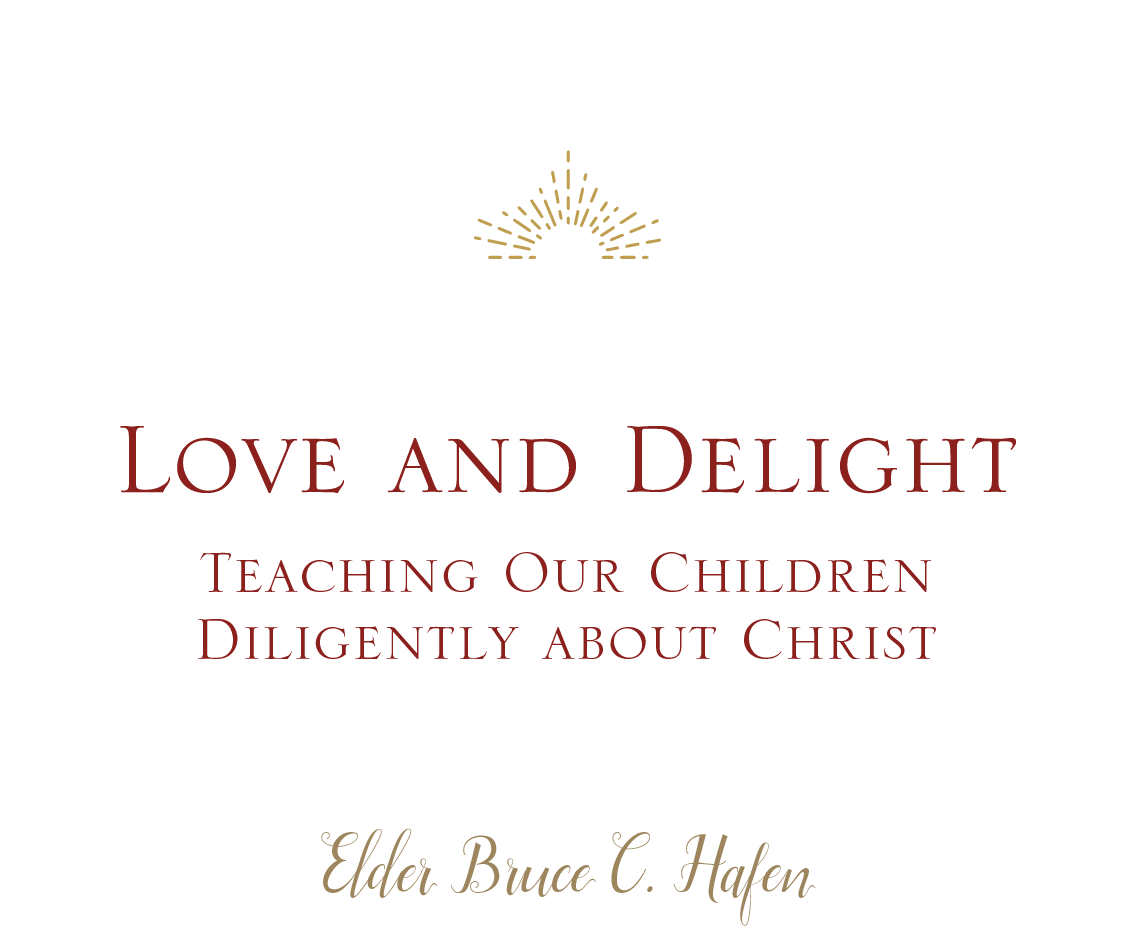
Elder Bruce C. Hafen is a General Authority Emeritus who served as president of the St. George Utah Temple from 2010 to 2013. He was formerly president of BYUIdaho, dean of the J. Reuben Clark Law School, and provost of Brigham Young University.
 he Joseph Smith Building at Brigham Young University has special meaning for Marie and me. We first met in a religion class in the original JSB. As a reminder to us, we have kept a brick that was part of that old building until this building replaced it in 1991.
he Joseph Smith Building at Brigham Young University has special meaning for Marie and me. We first met in a religion class in the original JSB. As a reminder to us, we have kept a brick that was part of that old building until this building replaced it in 1991.
I invite you to visualize the large bronze relief sculpture now on the north face of this new JSB. (See image below.) It was beautifully crafted by Franz Johansen of the BYU art faculty to depict the buildings purpose as the religious teaching center of the campus. At first Franz drew several sketches of Joseph alone, but something was missingthe connection between Joseph and BYUs mission. A prayerful search for that connection led to the Lords words to Josephnow part of the sculpture: I give unto you a commandment that you shall teach one another the doctrine of the kingdom. Teach ye diligently and my grace shall attend you (Doctrine and Covenants 88:7778).
So the sculpture shows Joseph Smith in the center, standing as if in a keyhole, holding the keys of this dispensation. He gestures with his right hand as if teaching two current BYU students. He gestures with his left hand toward the children those BYU students hope to teach some day. And streaming from above are small but bold vertical lines that suggest the grace of heaven. These lines intersect with diagonal lines that suggest the interplay between grace and teaching if we teach one another diligently because that diligence is the condition on which the grace is bestowed. Diligent means careful, serious, and determined.
Franz Johansen, Relief sculpture on BYUs Joseph Smith Building.

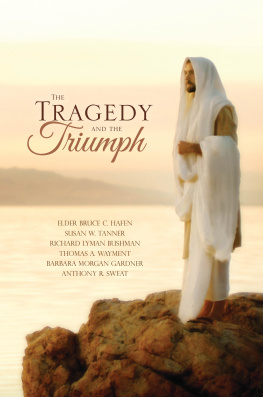
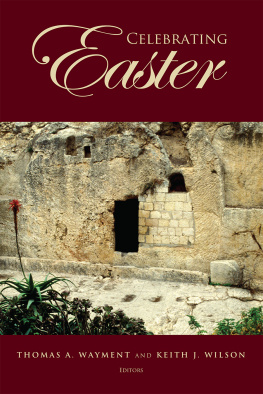

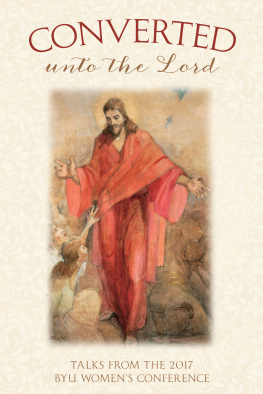


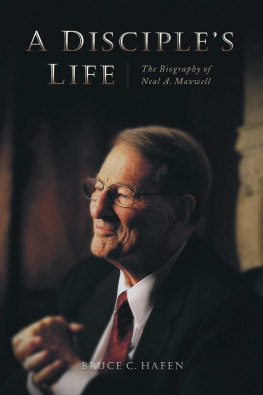

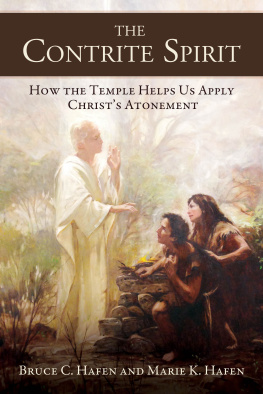
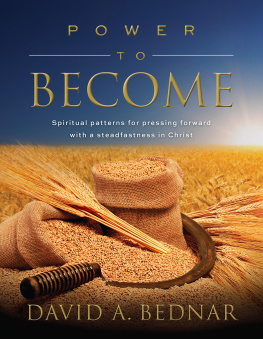
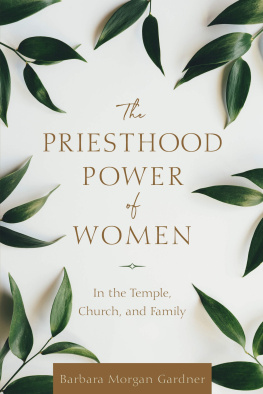
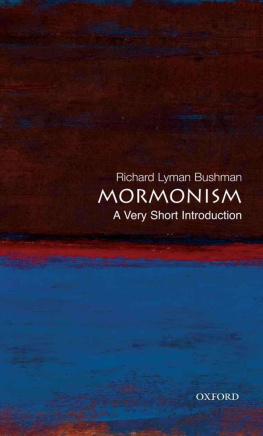



 he Atonement of Jesus Christ, which includes his resurrection, provides cause for celebration and rejoicing throughout the Christian world. Because of Jesus Christ and his infinite and eternal Atonement, all humankind who came to this earth are given the gift of the resurrection and immortality. This is truly the most powerful story of triumph over tragedy.
he Atonement of Jesus Christ, which includes his resurrection, provides cause for celebration and rejoicing throughout the Christian world. Because of Jesus Christ and his infinite and eternal Atonement, all humankind who came to this earth are given the gift of the resurrection and immortality. This is truly the most powerful story of triumph over tragedy.
